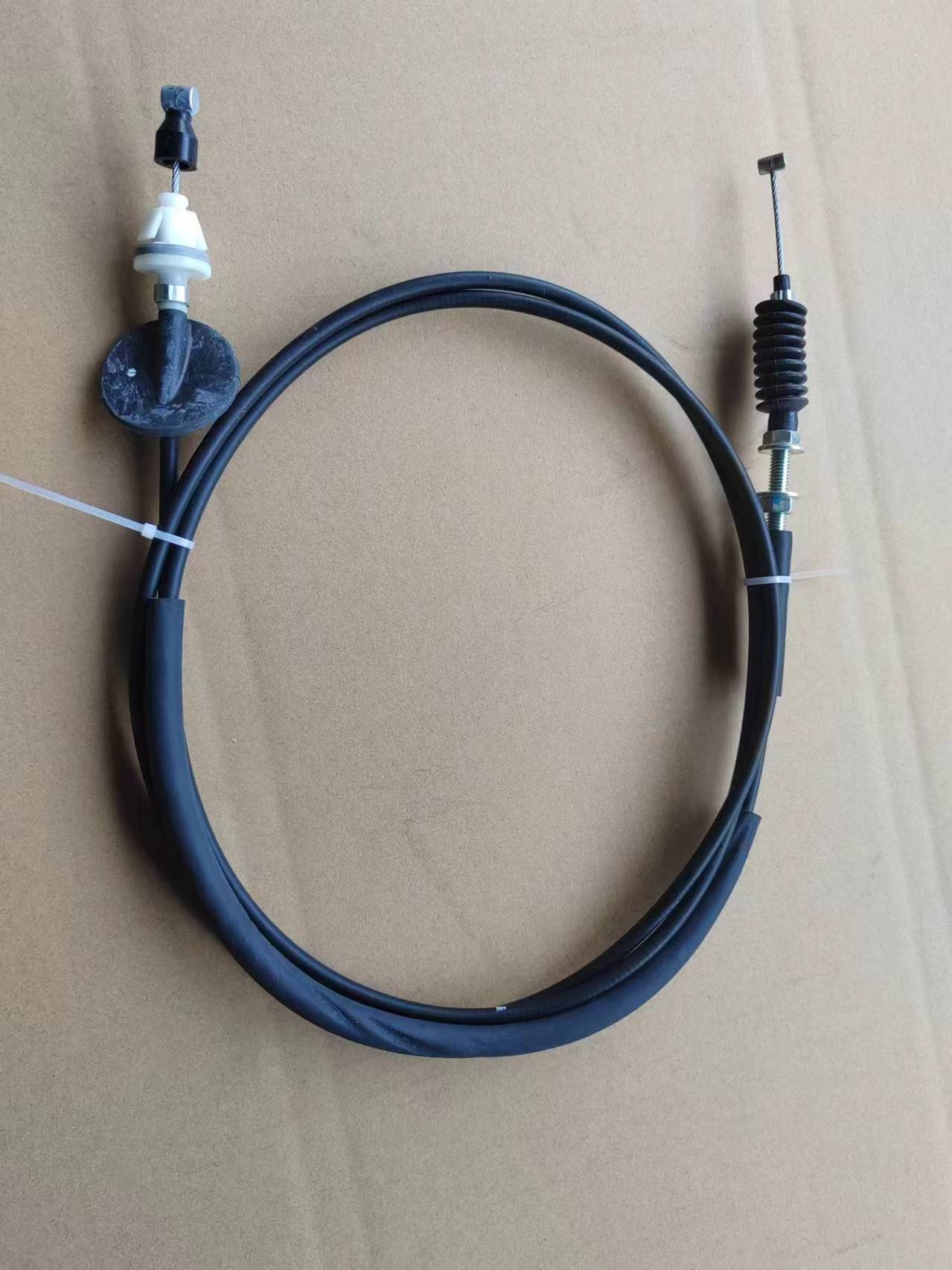How to Fix Your Throttle Cable - Comprehensive Guide
Fixing Throttle Cable A Step-by-Step Guide
The throttle cable is a critical component of any vehicle's engine management system, controlling the amount of air and fuel that enters the combustion chamber, thereby regulating the engine's power output. Over time, throttle cables can suffer from wear and tear, leading to performance issues such as poor acceleration or unresponsive throttle control. If you're experiencing such problems, fixing the throttle cable can often restore your vehicle's performance. This article will guide you through the process of identifying issues and replacing the throttle cable.
Identifying the Problem
Before proceeding with the repair, it’s important to confirm that the throttle cable is indeed the source of the problem. Signs of a failing throttle cable include difficulty in accelerating, a throttle that sticks, or an unusual amount of slack in the cable. To check the cable, open the hood and locate the throttle assembly. Inspect the cable for any visible signs of wear, such as fraying or cracking. Also, ensure that the cable moves freely in its housing by pulling it gently; it should not be overly tight or slack.
Gathering Tools and Materials
To fix a throttle cable, you'll need the right tools. Typically, you will require a socket set, screwdrivers, and possibly a pair of pliers. It's also essential to have a replacement throttle cable that is compatible with your vehicle model. You can often find this at an auto parts store or online.
Step-by-Step Repair Process
fixing throttle cable

1. Disconnect the Battery Safety first! Always disconnect the vehicle's battery before starting any repair to avoid electrical issues or accidental starts.
2. Remove the Old Throttle Cable Begin by removing any covers or panels that obstruct access to the throttle cable. Unscrew the cable from the throttle body and the accelerator pedal assembly. Take note of how the cable is routed, as this will help you install the new one correctly.
3. Install the New Throttle Cable Route the new throttle cable in the same path as the old one, ensuring it is free from kinks or sharp bends. Attach it to the throttle body and accelerator pedal, tightening any screws securely.
4. Reconnect the Battery Once everything is in place, reconnect the battery and start the engine. Test the throttle response to ensure that it operates smoothly and effectively.
Final Thoughts
Fixing a throttle cable can be done with basic mechanical skills and the right tools. Regularly checking and maintaining this component can help prevent issues down the line, ensuring that your vehicle runs efficiently. If you're ever in doubt or face difficulties, don't hesitate to seek professional assistance. A well-functioning throttle cable is essential for safe driving and optimal vehicle performance.
-
Upgrade Your Vehicle with High-Quality Handbrake CablesNewsNov.01,2024
-
Optimize Your Bike's Performance with Quality CablesNewsNov.01,2024
-
Enhance Your Vehicle's Performance with Quality Clutch ComponentsNewsNov.01,2024
-
Elevate Your Vehicle's Performance with Quality Throttle CablesNewsNov.01,2024
-
Elevate Your Vehicle's Performance with Quality CablesNewsNov.01,2024
-
Affordable Solutions for Your Cable NeedsNewsNov.01,2024
